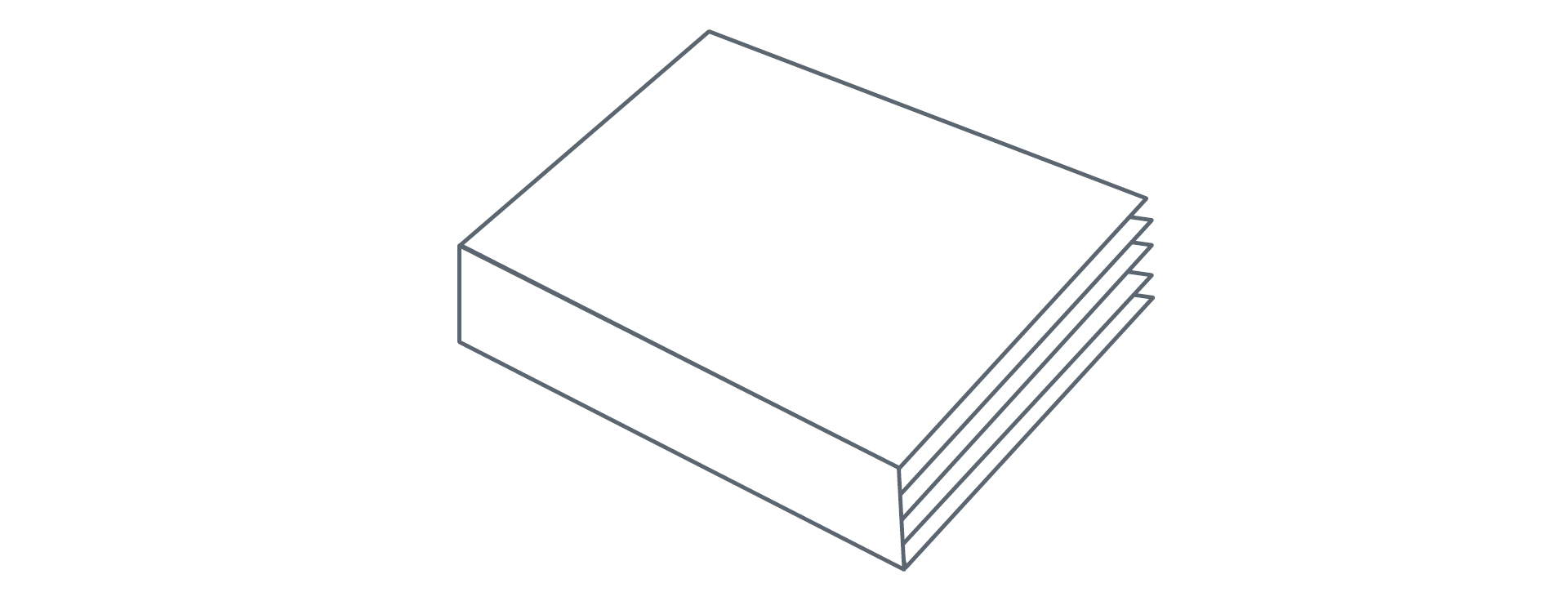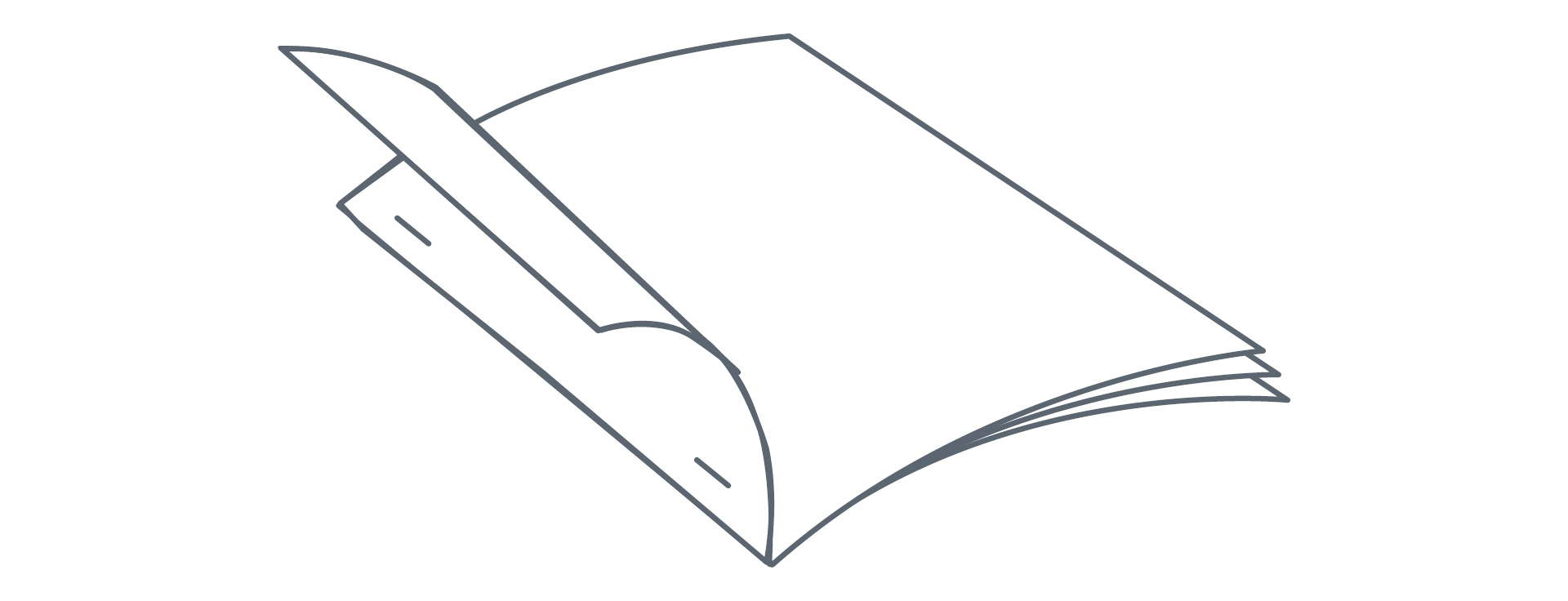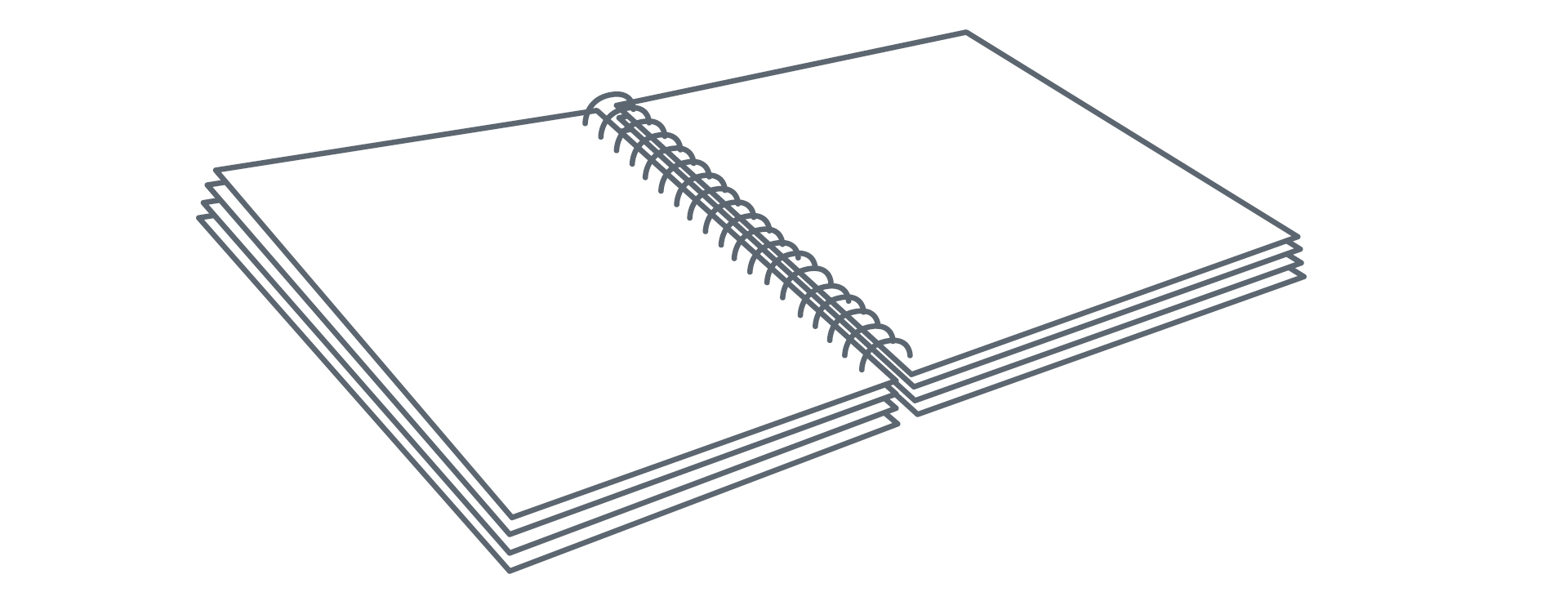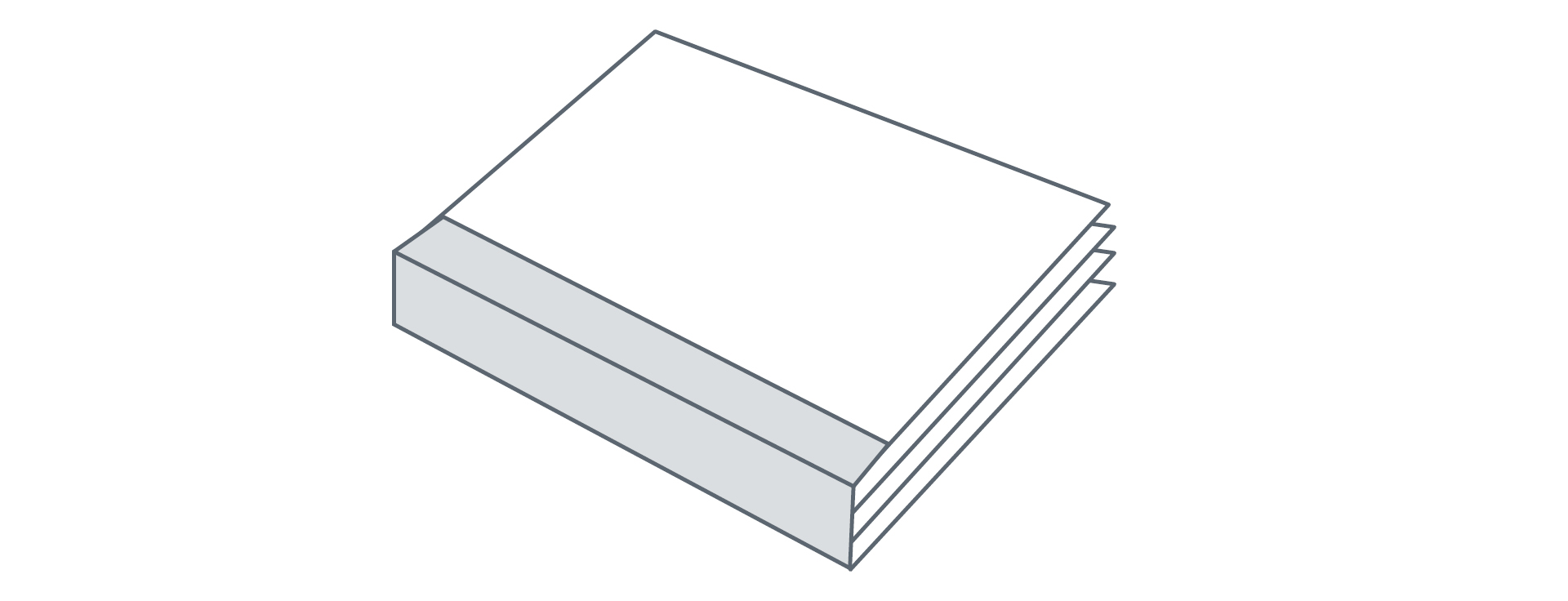
Which binding is best?
There are many different types of binding for multi-page documents such as books, magazines, annual reports and newsletters, but do you know which one will suit your project best?
Saddle Stitching
Saddle stitching is one of the most popular and cost-effective ways of binding your books. Basically it consists of folded paper collated together, one inside the other, and then stapled on the fold with wire staples. Anything up to 64 pages can be saddle stitched – anything bigger (or if your paper is super thick) you run the risk of the staples not holding. It’s a great option if your reader needs to lay the book flat to read it – like an instruction manual.
Good for: manuals, brochures, small booklets, calendars, newsletter and magazines, course guides.

Perfect binding
Perfect binding is the king of all binding and gives off a very professional and sleek vibe. This is the kind of binding you will see on a glossy magazine or coffee table book. It is folded sheets, collated in a sequence and joined at the spine, which is then glued together to connect the pages. This kind of binding can have a hard or soft cover, and is a great option if you need it to sit in a book shelf. A minimum of around 48 pages is needed for perfect binding, however the thickness of paper is a factor, too – so speak to your printer if you’re unsure.
Good for: Magazines, company profiles, coffee table books, school yearbooks and annual reports.

Side Stitching
This is a very cost-effective way of putting together a small book that doesn’t necessarily need a highly professional finish. This method uses a staple that goes from the front to the back near the spine, which means you will not be able to open it fully to the gutter.
Good for: NCR Books (no carbon required) – quoting books, invoice books, manuals and small booklets.

Wire-o and Spiral Binding
The advantage of using this kind of binding, apart from the low cost, is that the book can open up to 360°. The spiral can be visible, or if you’re after a more professional look, it can be hidden behind the cover.
Good for: Calendars, manuals and booklets.

Quarter Binding
This method is where the spine is covered in a different material to the front and back covers. This can be something as sleek as leather or even cloth even tape. It gives the book a classier feel to it.
Good for: Coffee table books, diaries, notebooks.


